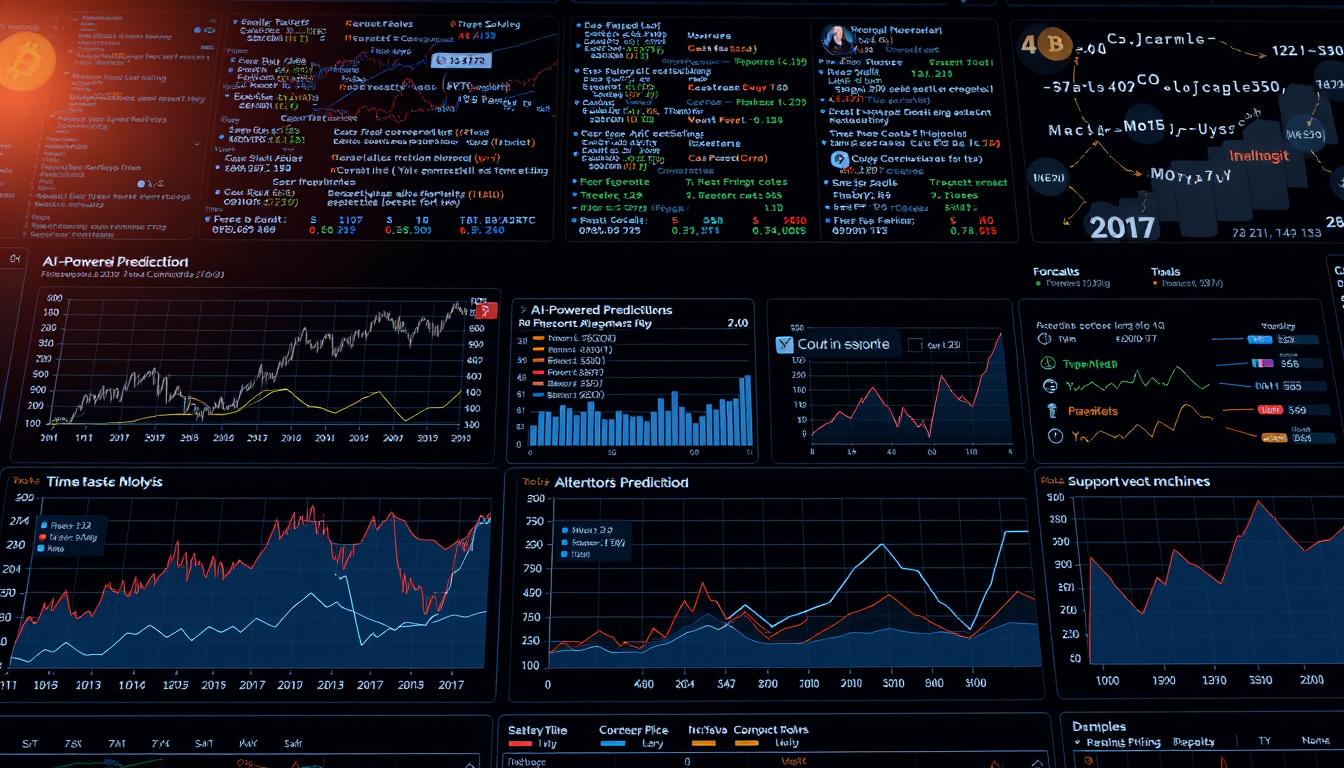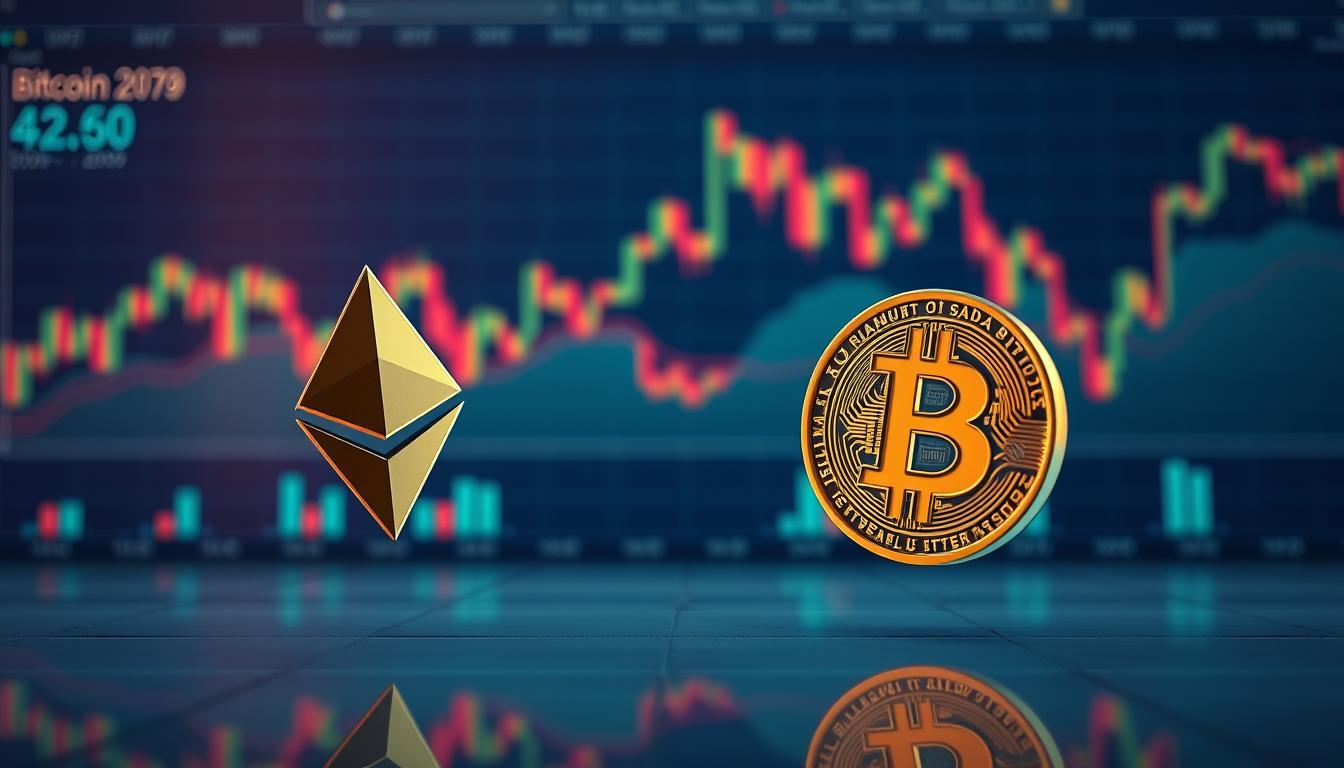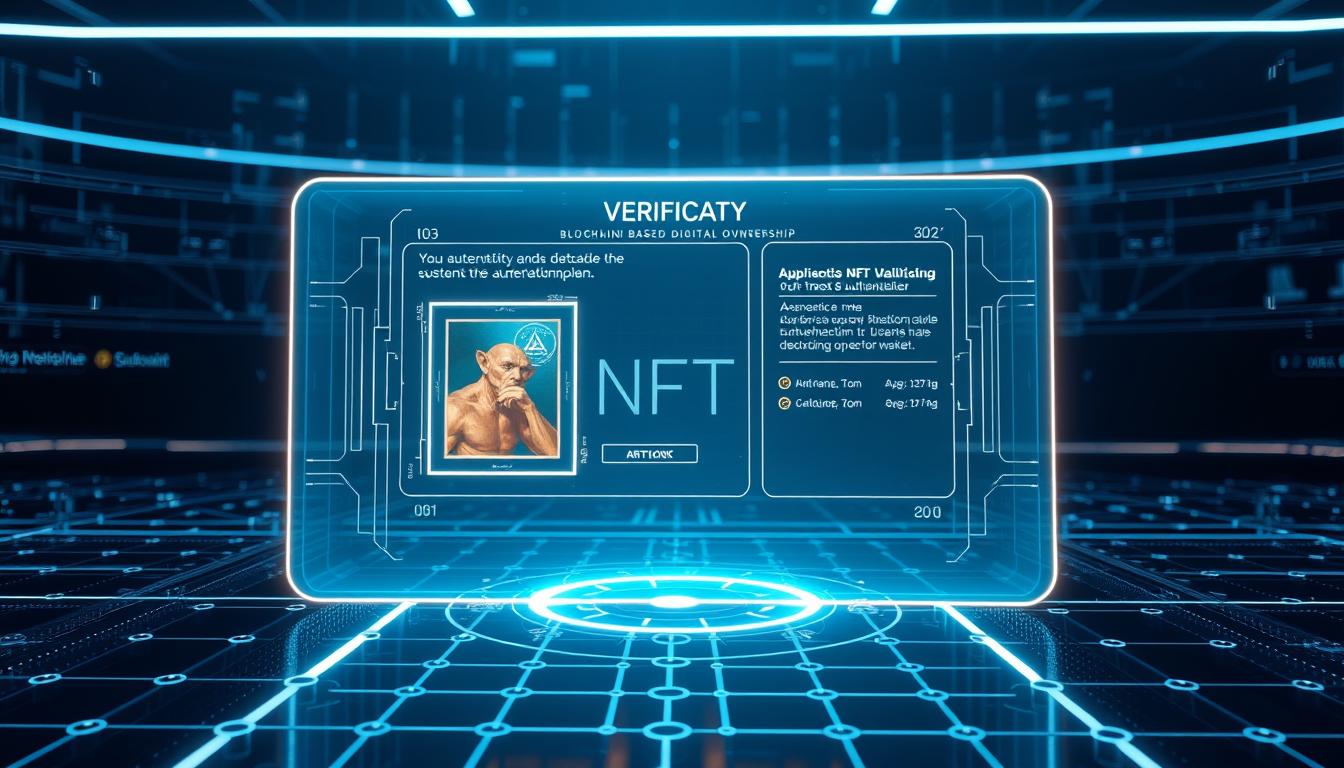Digital asset markets demand smarter strategies as volatility reshapes profit opportunities. Traditional financial models struggle with crypto’s round-the-clock trading and rapid price swings. Advanced computational methods now offer a breakthrough,
This article is a concise, data-driven resource for U.S. investors who need clear, practical information on the two leading cryptocurrency networks. We frame the core contrast: one network serves as
The fusion of advanced computing with decentralized financial tools is reshaping global markets. Recent projections suggest blockchain-based systems could manage 10% of worldwide economic output by 2027. This shift creates
Global markets face a $2 trillion challenge: counterfeit goods. Fake products damage trust between brands and consumers. Traditional paper certificates struggle to keep up with sophisticated fraud methods. This creates
Digital assets have transformed from niche investments to mainstream financial players. Between 2018 and 2024, their total value surged to $1.7 trillion, with Bitcoin alone claiming over 40% of this
Protecting your digital assets takes clear actions. About 20% of coins have vanished due to theft, bugs, or failed devices. Recent years saw billions lost to attacks, so solid storage
The way we value creative work is changing rapidly. A single digital collage sold for $69.3 million at Christie’s in 2021, sparking conversations about ownership in the internet age. This
Blockchain applications handle billions in digital assets, yet unreviewed code remains their greatest weakness. Third-quarter 2024 data reveals that 10% of all Web3 losses stemmed from code flaws in self-executing
Modern businesses face growing pressure to track goods from factory floors to store shelves. Traditional record-keeping methods often create information gaps between manufacturers, shippers, and retailers. Decentralized digital ledgers now
Digital currencies like Bitcoin and Ether have revolutionized finance, but their decentralized nature attracts bad actors. Fraudulent market manipulation tactics often target inexperienced traders through social media hype or unrealistic




















